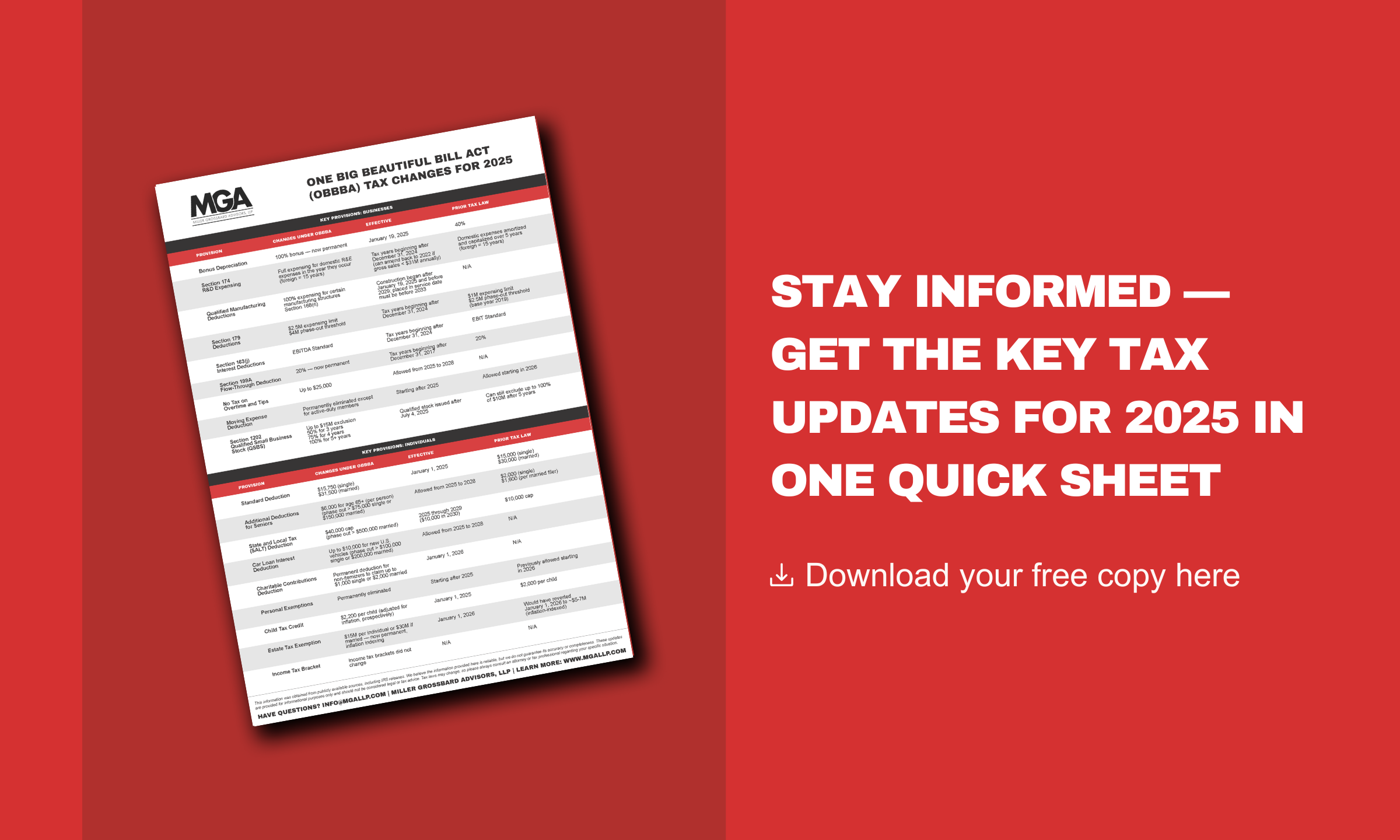Imagine you and your siblings are set to inherit a substantial investment portfolio from your grandparents, with your parents acting as the trustees. The trustees have the authority to distribute portions of this portfolio to you over time. Suppose your parents decide to release some of these assets to you now rather than later. This process seems straightforward, but there's a twist: each distribution carries a potential tax obligation if the assets of the trust are generating taxable income. The question then arises: who is responsible for paying these taxes — the trust managed by your parents, or you and your siblings directly?
The scenario described above is generally referred to as a “complex trust” for income tax purposes. A complex trust is a legal entity whose assets are managed by a trustee on behalf of beneficiaries. The trust assets often generate taxable income; understanding who gets taxed and how after a trust makes distributions to beneficiaries can be complex, so let’s break it down into simpler terms.
Taxation of Trust Income
First, it's important to understand that trusts, like individuals, can accumulate taxable income. This income can come from interest, dividends, capital gains, or other types of income from assets owned by the trust. Normally, this income is taxed at the trust level unless it is distributed to beneficiaries. Trusts reach the highest tax brackets at a much lower level of income compared to individuals, so there may be a tax-saving incentive to distribute income to beneficiaries who may have lower tax rates.
The Mechanism of Distributions
When a trust makes a distribution to beneficiaries, two key tax events happen:
- Income Distribution Deduction for the Trust: The trust can take a tax deduction for the income it distributes to the beneficiaries. This lowers the trust’s taxable income, resulting in the trust paying less tax. Instead, the trust is passing the responsibility of paying taxes on this income to the beneficiaries.
- Passthrough of Income to Beneficiaries: The beneficiaries each receive a Schedule K-1, which reports their share of the income distributed from the trust. Beneficiaries must then include this income on their personal tax returns and pay the necessary taxes according to their individual tax rates.
An Example to Illustrate
Example 1
Let's say a trust earns $10,000 in a year from dividends and interest. The trustee decides to distribute $6,000 to the beneficiaries. Here’s how the tax situation works out:
- The trust earns $10,000 and distributes $6,000. It can deduct this $6,000 from its taxable income, reducing the amount on which it needs to pay taxes.
- The trust will only pay taxes on the remaining $4,000.
- The $6,000 of income distributed is reported to the beneficiaries according to the amount received by each beneficiary. Each beneficiary will report their share of the $6,000 on their own tax return and pay the appropriate taxes.
Example 2
Now, let’s stick with the same example of a trust earning $10,000 in a year from dividends and interest. This time, the trustee decides to distribute $14,000 to the beneficiaries. Here’s how the tax situation would be handled:
- The trust earns $10,000 and chooses to distribute $14,000. Out of this distribution, only $10,000 represents the income earned by the trust for that year.
- The trust can deduct the $10,000 of income it distributes from its taxable income, which effectively reduces its taxable base to zero. Therefore, the trust pays no taxes on the income for that year.
- The $10,000 of income distributed is reported to the beneficiaries, proportional to the amount each beneficiary receives. Each beneficiary must include their respective share of the $10,000 in their personal tax returns and pay the appropriate taxes.
- The additional $4,000 distributed comes from the trust’s principal or corpus, which is not taxable to the beneficiaries as income.
Why This Matters
Understanding this mechanism is crucial for both trustees and beneficiaries:
- Trustees should consider managing distributions efficiently to minimize overall tax liability between the trust and the beneficiaries.
- Beneficiaries should understand how and why they’re being taxed on distributions, as this affects their personal tax planning.
Making the Complex (Trusts) Simple
Making distributions from a complex trust doesn't just shift assets from the trust to beneficiaries; it also shifts tax responsibilities. This system allows for potentially lower overall taxes on the income earned from trust assets, benefiting all parties involved if managed wisely.
Next time you consider the implications of receiving assets from an inherited investment portfolio (or trust distributions), remember that it's not just about what you receive but also what accompanies it — the tax bill!
Have questions? Let’s talk!
Subscribe Now!
Want to stay up to date with our latest blog posts, educational videos, webinars, and more? Get the newest updates delivered right to your inbox by clicking here to receive instant notifications whenever we publish fresh content.
Alternatively, you can opt for our monthly roundup with valuable information and insights from our team of experts. Subscribe today and stay ahead of the curve with us.
.png?width=191&name=mgalogofinal-01%20(3).png)




